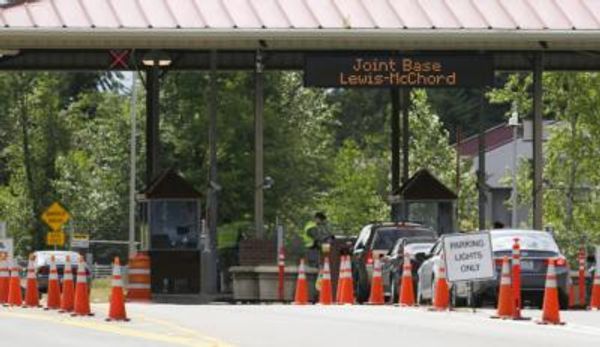
On Tuesday, Dubai experienced unprecedented flash flooding as a year's worth of rain poured down in just 12 hours, causing chaos and disruption across the city. The deluge led to roads turning into rivers, homes and businesses being inundated, and even Dubai International Airport being submerged under water.
The airport, ranked as the second-busiest in the world, was forced to halt operations for nearly half an hour due to the flooding. Massive aircraft struggled to navigate through the floodwaters, with the tarmac resembling a waterway rather than a runway.
Reports indicated that almost 4 inches (100 mm) of rain fell within the short span of 12 hours, a quantity that Dubai typically receives over the course of an entire year. The intensity and rapidity of the rainfall caught many residents and motorists off guard, leading to abandoned vehicles and impassable roads.



Shocking videos circulated on social media showed water gushing through malls and homes, submerging the ground floors of buildings. The unexpected downpour overwhelmed the city's infrastructure, which is not designed to handle such extreme weather events in a region known for its hot and dry climate.
Experts attribute the unusual rainfall to human-induced climate change, which is causing more frequent and intense weather events globally. As the atmosphere warms, it can hold more moisture, resulting in heavier rainfall and increased flooding risks.
The storm system responsible for the heavy rain in Dubai is part of a larger weather pattern affecting the Arabian Peninsula, Gulf of Oman, Oman, and southeastern Iran. While the rain is expected to taper off by Tuesday night, lingering showers may persist into Wednesday before dry weather returns to the region.







